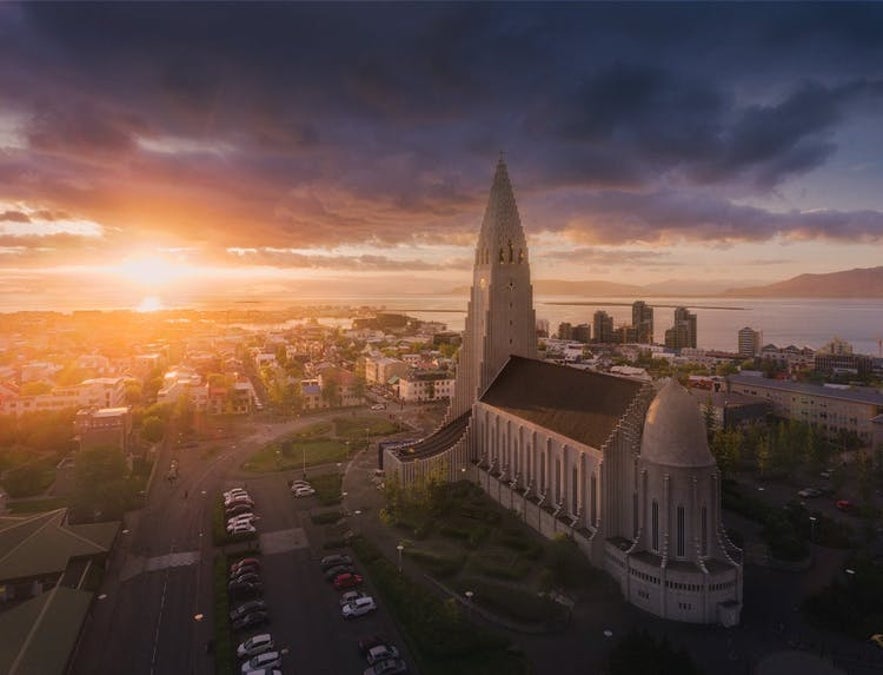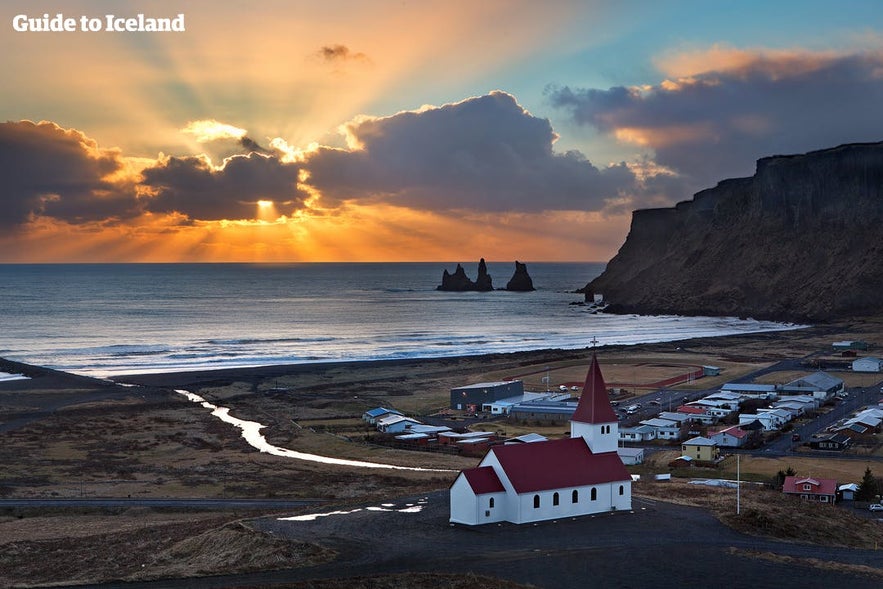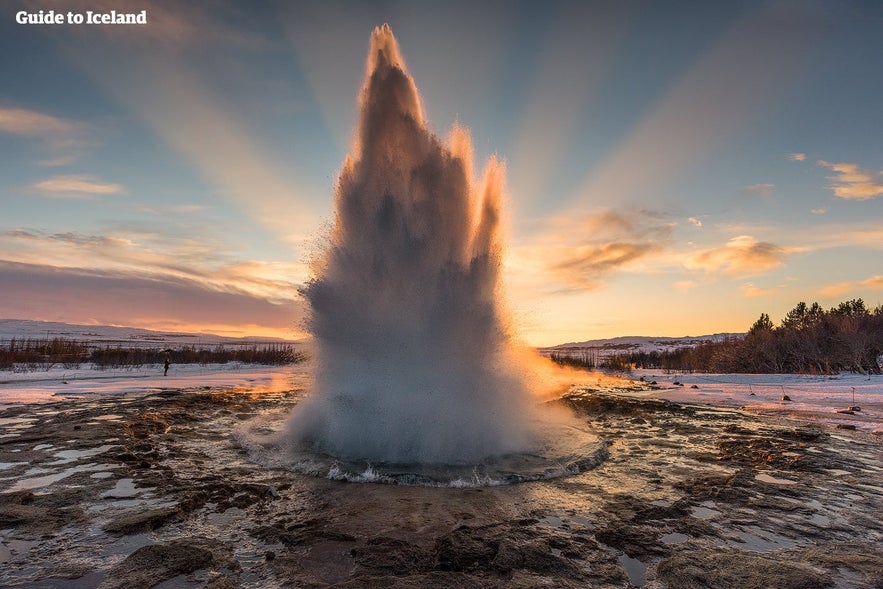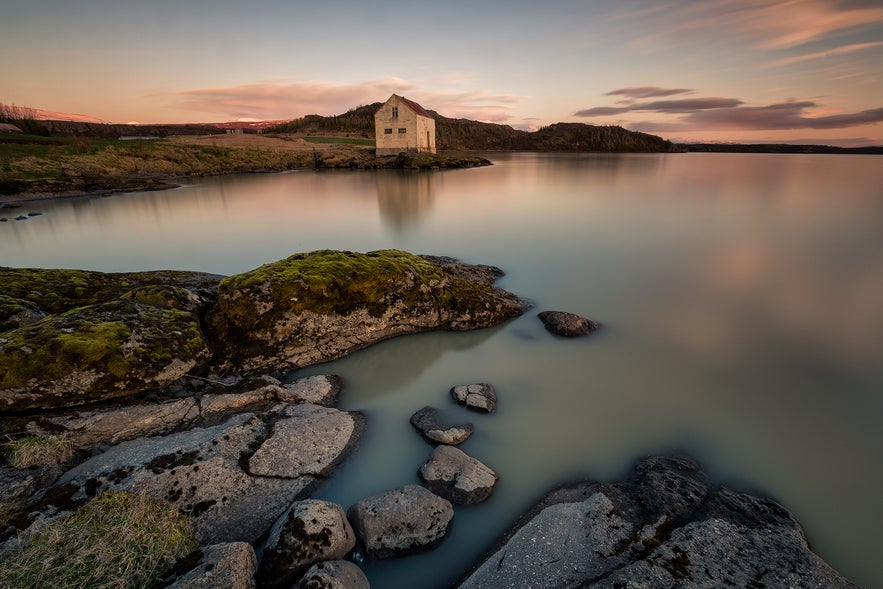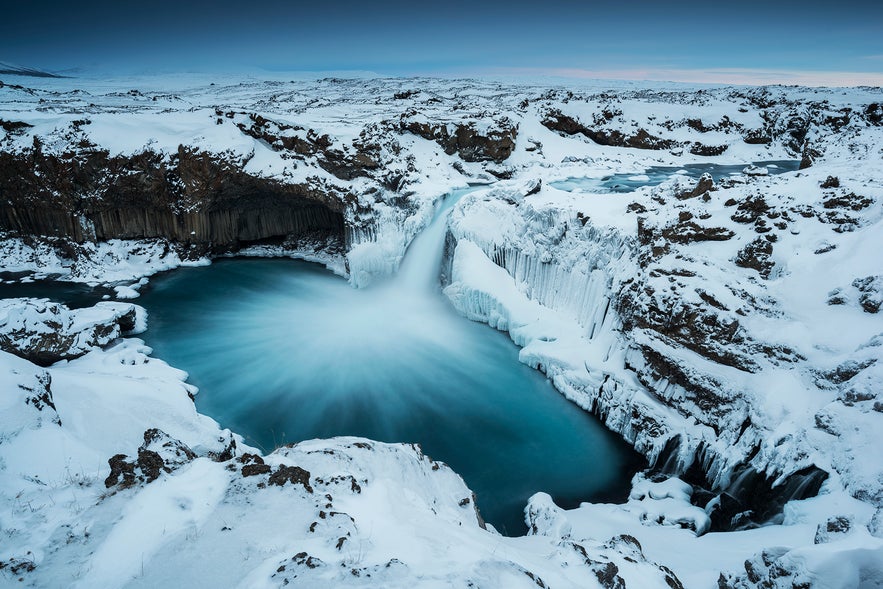
Shopping in Iceland

Where are the best places to shop in Iceland? Which shops are concentrated in the capital, and where can you find what you’re looking for around the country? What are the best souvenirs to buy in Iceland? Where can you buy fresh food during your travels? Continue reading for all you need to know about shopping in Iceland.
- Learn about 13 Amazing Icelandic Design Projects
- Read about the Best Shops in Reykjavík | A Local's Guide to the City's Originals
- Here are the Top 10 Souvenirs from Iceland
Iceland is a country that blends rural isolation and urban culture, adventure and serenity, the dramatic and the picturesque. It is no wonder, therefore, that when you are here, you will want to buy a memento that is authentic to the nature of the country and products that reflect the lifestyles and values of the people.
Unfortunately, however, too many travellers fall into the trap of buying gifts or souvenirs that are overpriced, unreflective of Iceland, and very often designed and manufactured abroad.
Whether it be a stuffed polar bear (an animal that does not reside in Iceland), Icelandic lava rock jewellery made with imported lava rocks, or a cheap jumper styled to look like (and priced the same as) an Icelandic sweater, there are many pitfalls to avoid when shopping in Iceland.
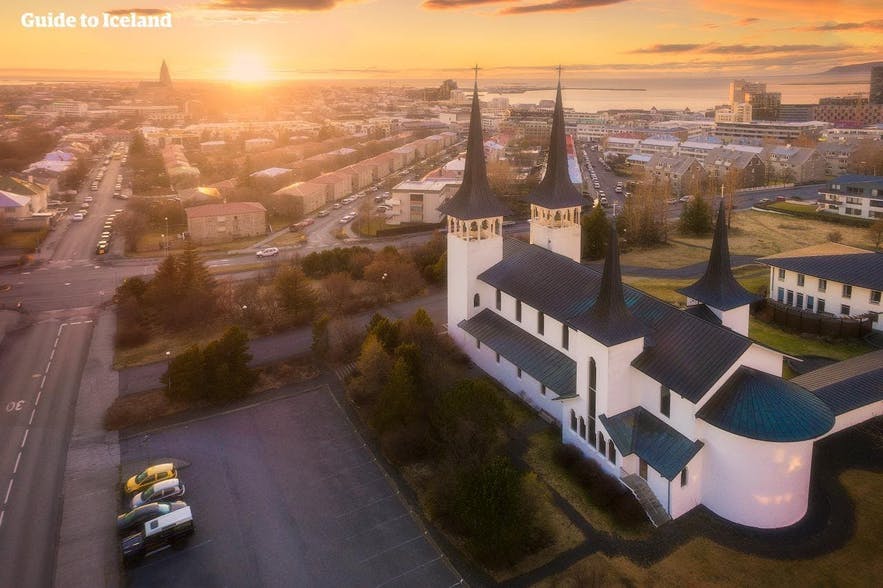
- See also: 9 Worst Tourist Traps in Iceland
This is not to say, however, that there are not great Icelandic shops to be found; it is just that they usually do not have enormous puffin teddies staring from their windows, and sometimes need to be searched a little harder for. Of course, there are many great places to buy bona fide Icelandic handicrafts, goods and produce in Reykjavík, and this is even more the case when travelling around the country.
Whether you are looking to purchase the art of the culturally vibrant rural towns, an Icelandic sweater knitted by the hands of a local with the wool of their sheep, or just to get some farm-fresh food, you will find what you are looking for in all of the nation’s corners.
Before addressing the best shops in Iceland, there are two things to be aware of. Firstly, many countries will not allow you to bring certain plant or animals products home with you, such as fresh produce or crafts made of horn, bone or fur; make sure you know the rules of your country before buying.

Secondly, not all the shops in Iceland are open throughout the year, such as those in the rural north, Eastfjords, and Westfjords; when referencing these sections, be aware that they are only accessible in summer. Regarding shops in Reykjavík and along the South Coast, however, this does not apply.
With these points noted, continue reading to follow a trip around the island to learn about the best of Icelandic shopping.
Shopping in Reykjavik
This journey around the best shops in Iceland naturally begins in Reykjavík. Reykjavík is a shopping hub, with an enormous variety of stores and goods; the main street Laugavegur is lined with boutiques, and there are many shops hidden in other corners of the city. As mentioned above, however, many of these stores appeal to the mass-market and do not offer authentic Icelandic products of any kind.
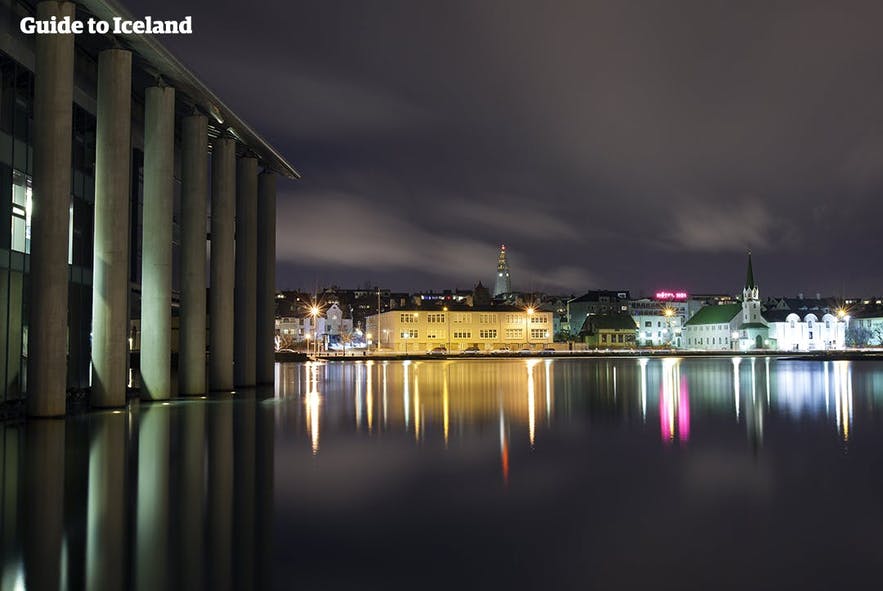
One of Reykjavík's originals, however, is Kolaportið, the city's biggest flea market. During weekends, the range of goods here is beyond extensive; you can buy Icelandic sweaters amongst the many clothes racks, home decor, music, books, ornaments, instruments and local food of all kinds.
Furthermore, Kolaportið is the only place in Reykjavík where you can haggle, especially late on a Sunday when the vendors are trying to clear out their goods.
- Kolaportið is located on Tryggvagata 19

Another great place to purchase the lopapeysa and local handicrafts is in the oldest shop in Reykjavík, Thorvaldsens Bazar. Founded in 1901, the Bazar is run by the charity Thorvaldsensfélagið and the proceeds all go towards helping children, particularly those in need of medical care.
You won’t need to be feeling charitable, however, to want what is within the store. It has a vast array of hand knitted wool-wear, its speciality, as well as many ornaments and knick-knacks.
- Thorvaldsens Bazar is located on Austurstræti 4.
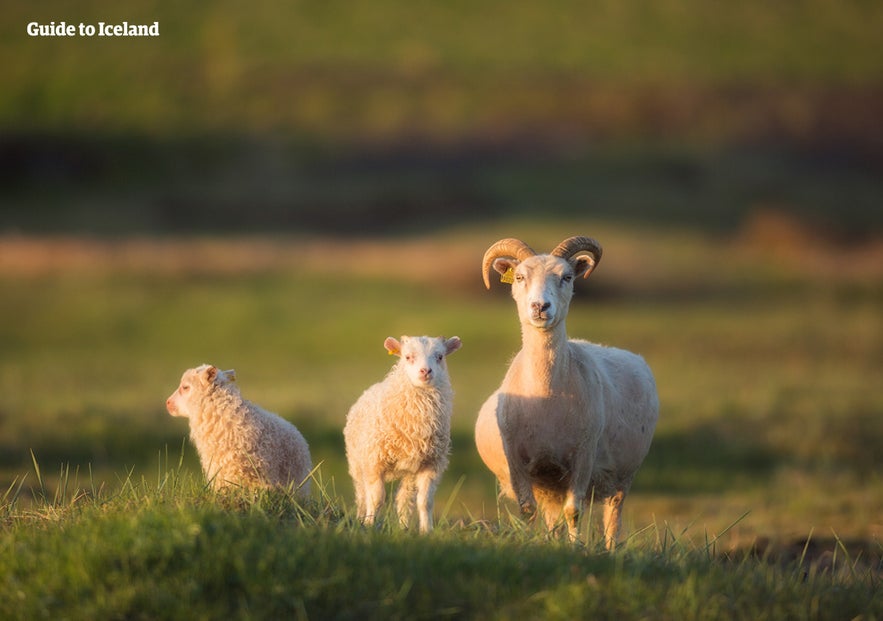 You will also find authentic goods if you are seeking farm-fresh produce in the capital, rather than a souvenir, particularly from the Frú Lauga’s Farmers Market. The store was established by couple Arnar Bjarnason and Rakel Halldórsdóttir who had a dream of bringing the farmer-to-consumer ethos to Iceland. The shop sells local produce, dairy and meat, as well as chocolates, oils, and pasta.
You will also find authentic goods if you are seeking farm-fresh produce in the capital, rather than a souvenir, particularly from the Frú Lauga’s Farmers Market. The store was established by couple Arnar Bjarnason and Rakel Halldórsdóttir who had a dream of bringing the farmer-to-consumer ethos to Iceland. The shop sells local produce, dairy and meat, as well as chocolates, oils, and pasta.
- The Frú Lauga’s Farmer Market is located at Laugalækur 6
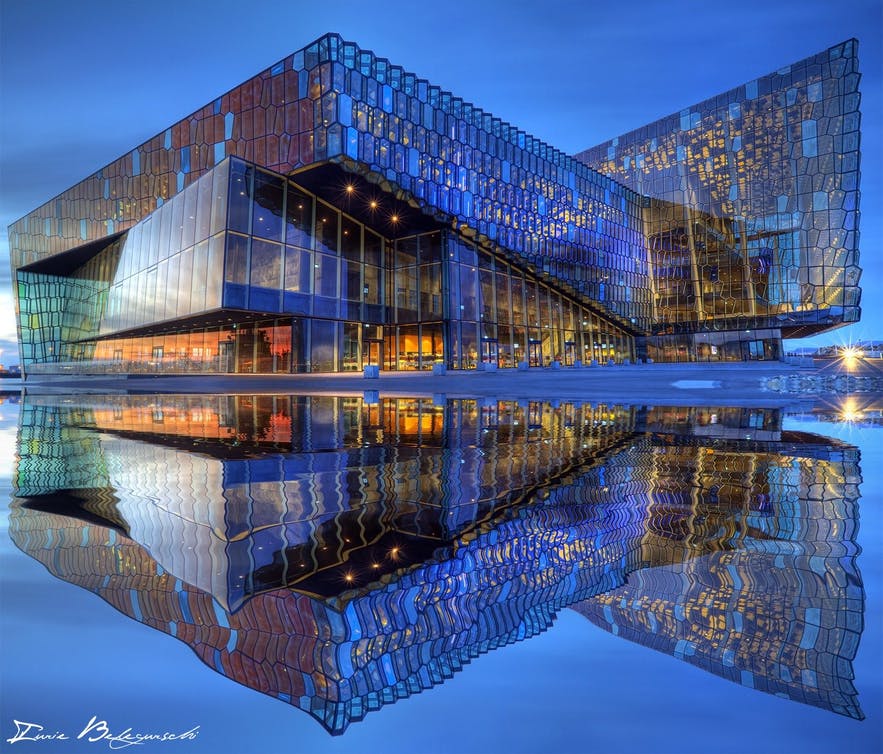
A final must-see shopping destination in Reykjavík is the Handknitting Association of Iceland, another go-to place for knit-wear and knitting equipment. The store is packed full of homemade Icelandic sweaters in a variety of styles, as well as hats, mittens, scarves and gloves. There is also an entire wall of yarn in all colours.
- The Handknitting Association of Iceland is located on Skólavörðustígur 19
If you simply love shopping and are not particularly fussed about seeking out authentic Icelandic goods, then there are several malls which may appeal to you, the largest of which is Kringlan. This shopping centre has both national and international stores selling everything from clothes to food, homeware to hardware, makeup to electronics.
Kringlan can be walked to from downtown Reykjavík, although this will take about an hour and is not the most scenic journey. More conveniently, it is on many bus routes from the station Hlemmur (and other parts of the city), and if you are driving, it has a vast carpark.
Other smaller malls in the capital that may be more convenient to you include Smáralind and Eiðistorg Shopping Mall.
- Kringlan is located on Kringlan 4-12, Smáralind is located on Hagasmári 1, and Eiðistorg Shopping Mall is located on the corner of Nesvegur and Suðurströnd in Seltjarnarnes
South Iceland
Leaving the capital, the next destination for great shops is South Iceland. Taking Route 1 south from Reykjavík, the first major settlement you will come upon is Hveragerði, around forty minutes away.
Nicknamed ‘the earthquake town’, Hveragerði is located in a very geologically and geothermally active area; boiling water runs just beneath the surface of the ground, and hot springs steam in the surrounding mountains. These traits surprisingly lead to some great shopping, at least regarding food.
The high geothermal energy has allowed a huge greenhouse industry to bloom in Hveragerði; it is thus one of the best places to buy fresh produce in Iceland. Much of the domestically grown fruit and vegetables are produced here and can be bought in many of the local shops.
If you are looking to buy a gift for an Icelander, you can also purchase from a wide range of beautiful flowers. There are two florists in the town, called Hverablóm and Garðplöntusalan Borg, and a garden centre called Garðyrkjustöð Ingibjargar.
Avid gardeners should also visit the Icelandic Horticultural Society, where you can purchase a range of books on the subject written by Icelanders, and traditional Icelandic gardening tools.
Hveragerði, however, does not have any handicraft shops of note. To find your first of these, take Route 38 south from here for twenty minutes to the settlement of Þorlákshöfn.
This little harbour town is home to a cafe called Hendur í Höfn, which doubles as a glass workshop. Glass crockery, ornaments and so on are all available, beautifully designed and of high quality; to help you believe this, they all come with a warranty that lasts until you reach your destination. Returning to Hveragerði, if you carry on along Route 1 south, you will reach the town of Selfoss in fifteen minutes.
Selfoss has two notable shops where you can buy Icelandic handicrafts. Handverksskúrinn at Selfoss is an excellent place to buy local art and design; there are clay and glass sculptures, handmade jewellery pieces, and a wealth of Icelandic knitwear, including the lopapeysa, otherwise known as the Icelandic sweater.
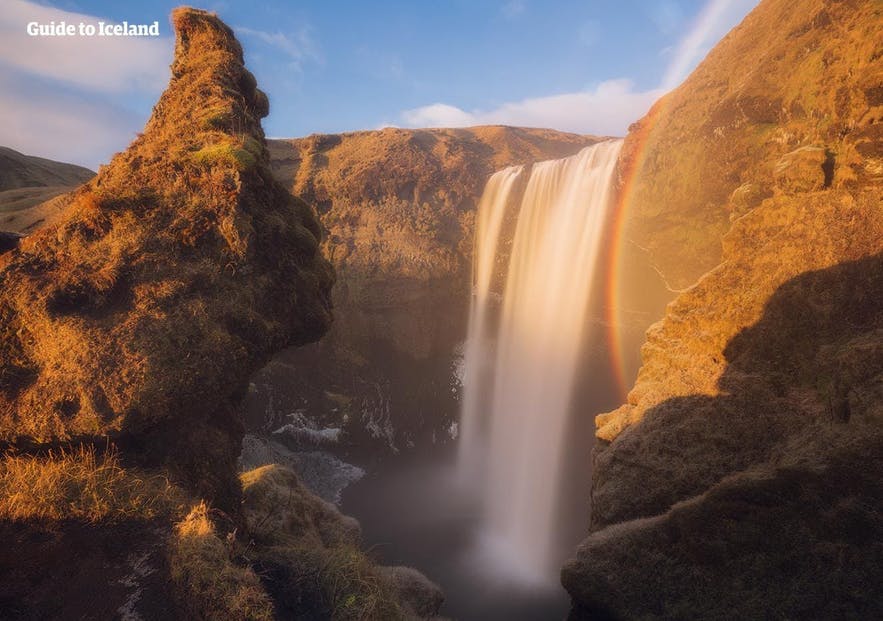
- See also: The Lopapeysa
Þingborg in Selfoss is similarly diverse, but with more of a focus on wool-wear; it is, after all, a wool processing factory as well as a shop. If you are inspired by Iceland’s passion for knitting, this is certainly the place for you, as you can buy all the books and equipment needed to get started.
The next place to shop in South Iceland is Sólheimar í Grímsnesi. This ecovillage and community can be found by backtracking along Route 1 from Selfoss towards Hveragerði, before turning onto Route 35, then Route 354; the journey takes about half an hour.
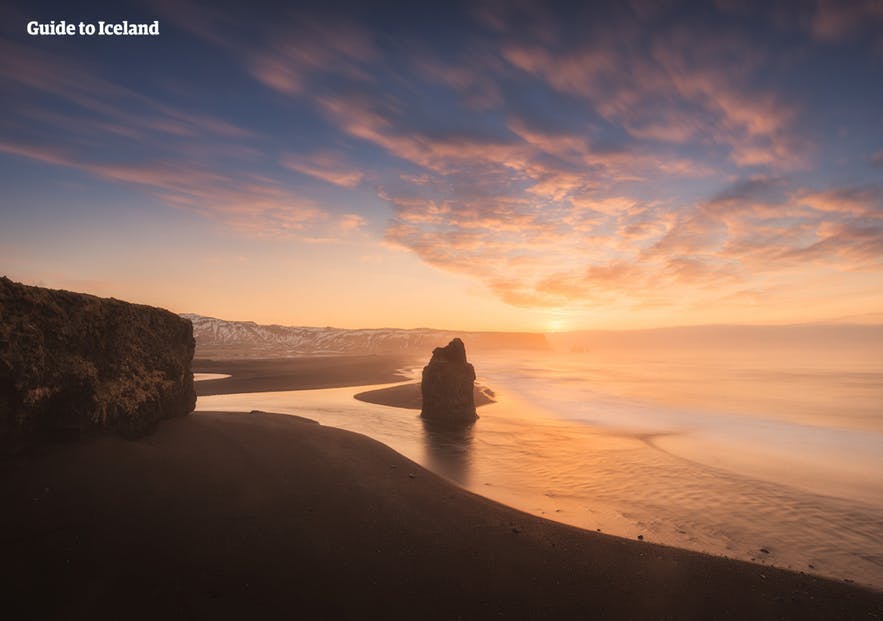
Sólheimar is one of the most wonderful places in Iceland, due to the values it impresses on its visitors. A sustainable, verdant settlement, the village sets out an example of idyllic, rural, community living, based on the ethics of togetherness, ecology and self-expression.
Many of the residents have disabilities, many have had long-term problems with employment, many are elderly, and some are even former prisoners rehabilitating themselves. All contribute to the culture and ambiance of Sólheimar, while Sólheimar contributes to their well-being and development.
The village has a shop called the Vala Market and Gallery, where the recycled, unique handicrafts made by the residents are sold. They are very diverse; you can buy art pieces, ceramic goods, candles, herbal soaps and cosmetics, and wooden and woven items. The creativity fostered at Sólheimar means that many of the local artists have started to gain recognition for their talents.
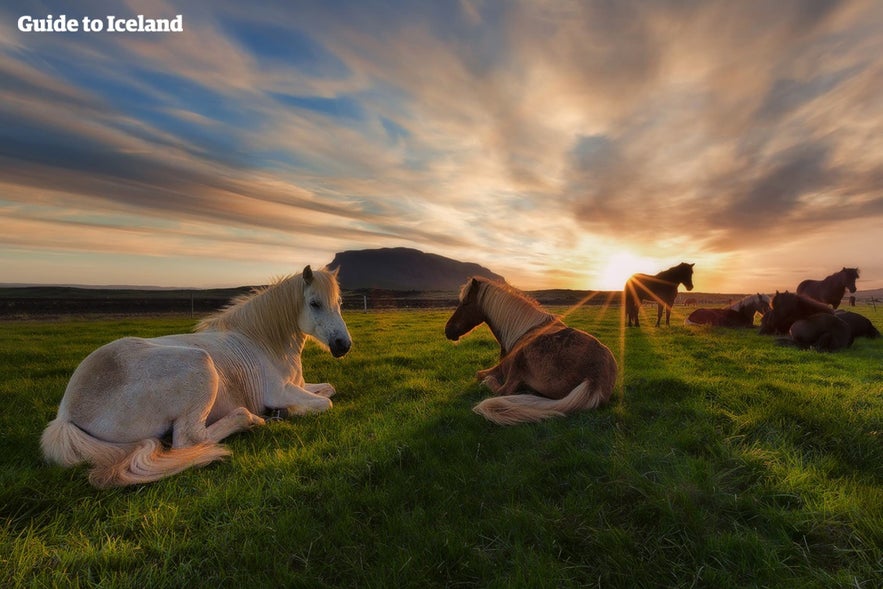
Sólheimar also grows its own food, having the oldest organic garden in the country. At Vala Market and Gallery, you can find some of this produce, as well as the free-range, organic eggs laid on site. At Brekkukot Bakery, you can purchase homemade bread, chutneys, jams and cakes.
A little further along the road you'll find a number of greenhouses where you can purchase local produce; the most popular of these to visit is the Friðheimar Tomato and Horse Farm.
- See also: Shopping for Groceries in Iceland
 Photo from Golden Circle Minibus Tour With Visit to Fridheimar & Kerid Crater Lake
Photo from Golden Circle Minibus Tour With Visit to Fridheimar & Kerid Crater Lake
This lovely location has a shop with several strains of ripe tomatoes and cucumber and an onsite restaurant where they are plucked off the plant and prepared for you. You can also take a tour of the greenhouse here, to better learn about how Icelanders grow food through the long, dark winters, or you can decide to watch a horse show - perfect for those travelling with children.
To reach it from Sólheimar, continue along Route 354, then onto Route 35, heading north.
Although it takes you a little further inland and away from the South Coast, the Geysir shop in the Geysir Geothermal Area is another great place to buy Icelandic souvenirs, and only half an hour away. Continue on Route 35 when it is joined by Route 37, and you will notice the steam from the famous hot-spring valley.
Although you will want to see the geyser Strokkur erupt a few times, it is well worth it to spend some time looking at the Icelandic design goods in the shop. Though the products tend to be quite pricey, they are good quality and authentic. Blankets, Icelandic sweaters, and other stylishly created wool clothes are on display, as are skincare and haircare products that utilise the native herbs and minerals.
Although you will also find tacky souvenirs amongst the goods, most of the selection makes for a decent gift.

To reach main road of the south coast again, take Route 35 south onto Route 359, continue as it becomes Route 30, and turn left when you reach Route 1. Continuing along this road will take you to the village of Vík, where the final stop of this South Coast shopping spree is waiting.
Víkurprjón Ltd. is a wool factory in Vík with a gift shop inside. One of the oldest and most renowned producers of wool-wear in Iceland, their designs are very varied; some goods are practical and traditional, while others are colourful and modern. All, however, are produced with local wool, and they are largely designed by Icelanders.
Shopping in East Iceland
East Iceland is largely dominated by the Eastfjords, a rural, sparsely-populated area of dramatic mountains, stunning stretches of coast, diverse wildlife, and tiny villages. Though it may not seem like much of a hub of shopping, many of the little settlements have excellent hidden gems that warrant more than just a browse.
The town of Höfn is just a little northeast of the Jökulsárlón glacier lagoon, which sits at the very edge of the South Coast. To reach it from Vík, take Route 1 heading east for just over three hours, then turn down Route 99 for five minutes.
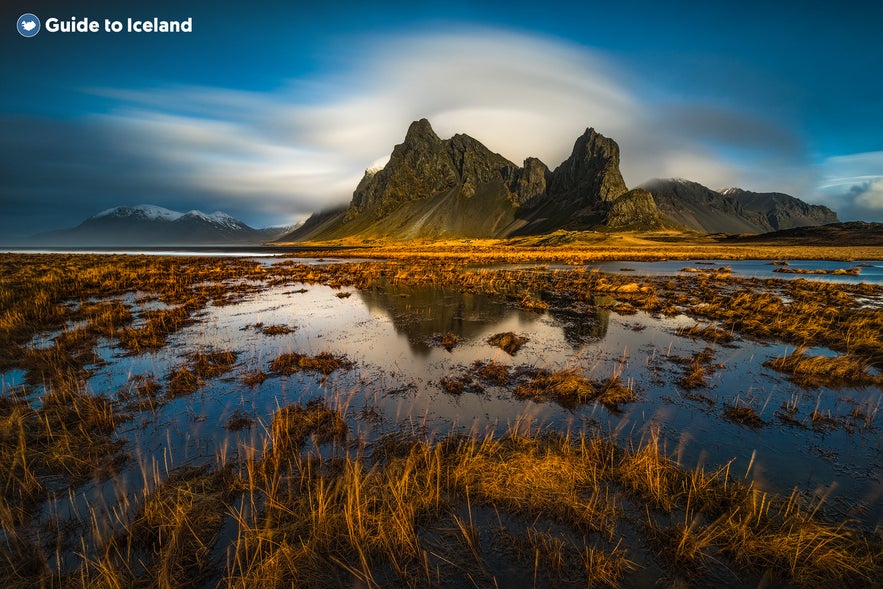
The town has a thriving arts and crafts culture, and many of these knitted, painted and sculpted goods can be bought at the town’s souvenir shop, called Handraðinn. Those looking for fresh produce will also find the best lobster in Iceland in Höfn, particularly in July during the lobster festival, called Humarhátíð.
- See also: Festivals in Iceland
About an hour and a half along Route 1, heading north around the incredible fjords, you will come to the sleepy fishing town of Djúpivogur. This settlement is more known for its arts culture than anywhere listed above, apart from perhaps Sólheimar. The ‘Eggs of Merry Bay’ outdoor sculptures and the cultural centre of Langabúð display this best.
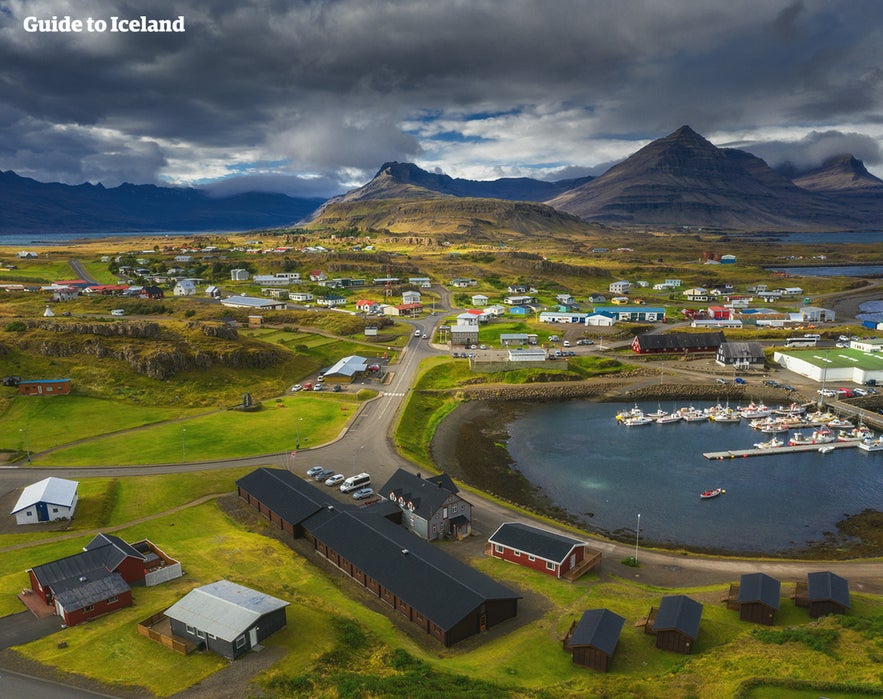
There are many places here you can purchase East Icelandic crafts. Arfleifð is a high-end designer boutique with an array of rustic couture that reflects the history of the Norse, some items looking like pieces from fantasy; the amount of fur, bone, leather and horn in each garment, however, means it should probably be avoided by vegetarians and vegans.
JFS Handcrafts has more appeal to everyone, with its focus on jewellery made from Icelandic stones.
The next location to check out for those shopping around Iceland is the tiny community of Stöðvarfjörður, nestled in a beautiful, narrow fjord of the same name. It can be reached by continuing north on Route 1 from Djúpivogur, crossing over the bridge to Breiðdalsvík, then joining Route 93 and following it around the fjord.
This little village is undergoing somewhat of a cultural revolution, with the historic fish factory having been turned into a Cultural Centre, hosting art workshops, a recording studio, and live events.
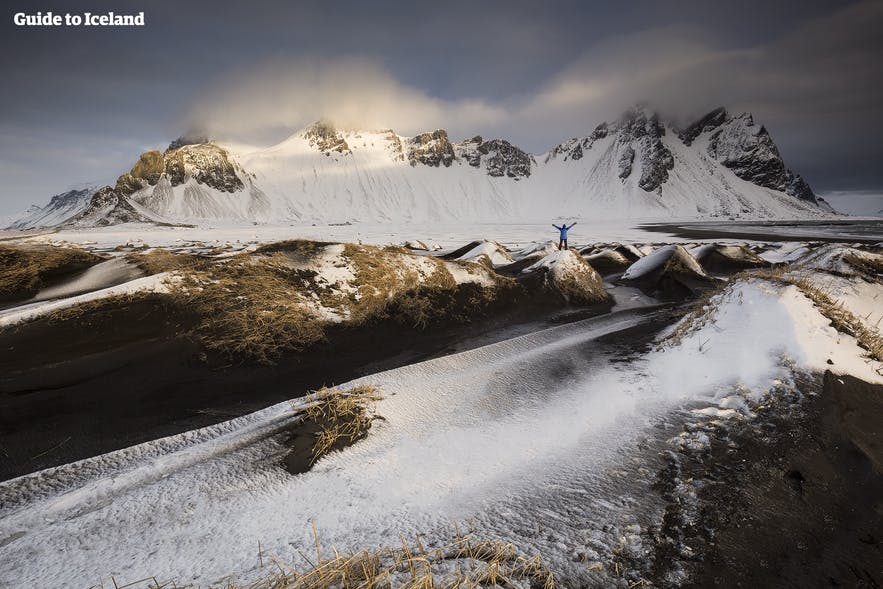
Local artisans sell their wares at the Salthússmarkaður Art and Craft Market, located beside the visitors centre. This is a great place to pick up the works developing from the up-and-coming cultural scene in this town, as well as more traditional goods like the homemade Icelandic sweater.
Vallanes Farm is the best place in east Iceland to purchase organic, fresh produce, as well as Icelandic food that you can take home with you. To reach it from Stöðvarfjörður, drive back along Route 93, then continue straight onto Route 1, away from the bridge. Before you reach the settlement of Egilsstaðir, the largest settlement of the East, you will come across the farm.
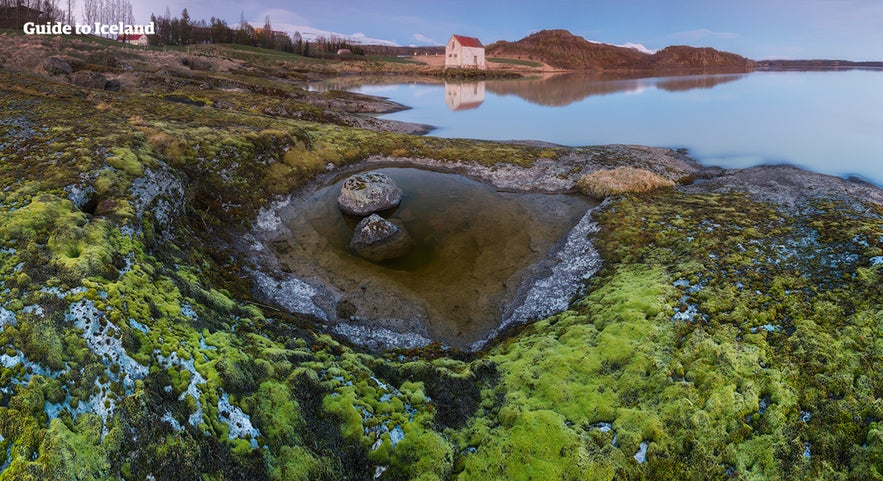
Vallanes sells over 100 varieties of different crop, a wide selection of barley products, conserves, teas, oils, cereals, breads and sweet pickled vegetables; all are grown and produced on site and labelled under the name Móðir Jörð. Their products are distributed around Iceland, and can for example be found within Reykjavík in the organic health shop Matarbúr Kaju.
Just ten minutes north on Route 1, you will reach Egilsstaðir. The most diverse place here for authentic shopping in Iceland is the Hús Handanna Art and Design Shop. This is a centre of the crafts of East Iceland; you can easily find wool-wear, paintings, ceramics, fashion, jewellery, unique foodstuffs, and even furniture.
From Egilsstaðir you can travel for 30 minutes east along route 93 before reaching Seyðisfjörður, a town that has become known for its rich artwork and an annual art festival called LungA. You can also enjoy some world class sushi with fresh Icelandic ingredients at the Norð Austur Sushi restaurant, and you'll find several quaint handicraft shops in the settlement.
Following Route 94 north from Egilsstaðir for just over an hour will take you to the final destination of east Iceland’s best shops. In the tiny settlement of Borgarfjörður Eystri, the information centre Álfasteinn and the cafe Iðngarðar sell quaint goods made from lava rocks by locals, such as candleholders and clocks.
Shopping in North Iceland
North Iceland is a vast, remote, spectacular region. The majority of the population lives in the region’s capital, Akureyri, while the rest is sprinkled around in little fishing villages; most of these settlements have less than three hundred people.
Still, however, it is an increasingly popular region to traverse, and as such, there are several places you can buy authentic, local goods.
One such example is the Dýngjan gallery and market, located right beside the Tourist Information Centre at Lake Mývatn. Reaching Mývatn from Borgarfjörður Eystri takes almost three hours, requiring you to go back along Route 94 to Egilsstaðir, then follow Route 1 heading west through Vatnajökull National Park.
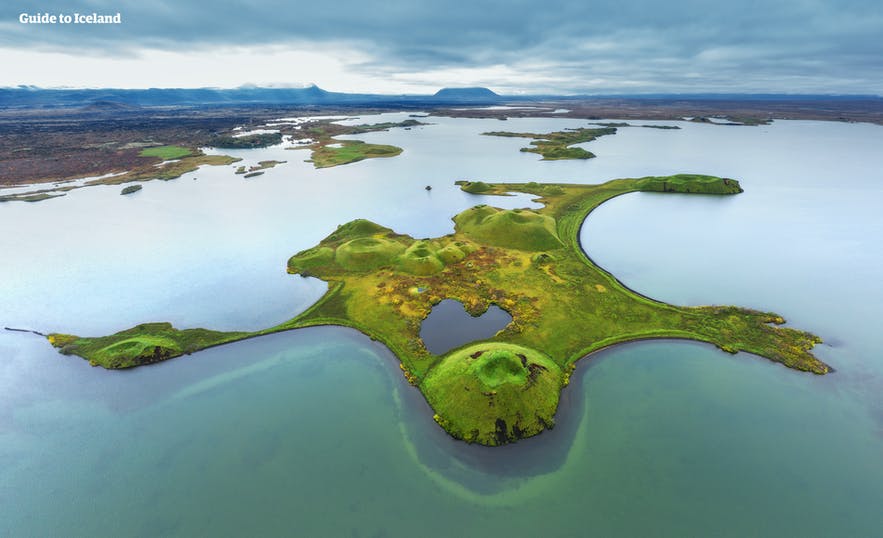
Though it is only open during the summer months, this little market stocks up on locally produced handicrafts and art pieces, which are put on display and are available to be sold. For more choice, you could also visit the Mývatn Market at Dimmuborgir; though it does have genuine, locally made Icelandic gifts, however, the selection does also include some tackier items.
From Mývatn, the next best place to shop in North Iceland is Húsavík. This town, best known for being the whale-watch capital of Europe, also has an excellent handicrafts market called Kaðlín. The walls are lined and shelves packed with a vast array of locally sourced goods. There are crafted pieces such as jewellery, Icelandic sweaters and other woollen garments, and home-made jams and teas from locally-grown produce.
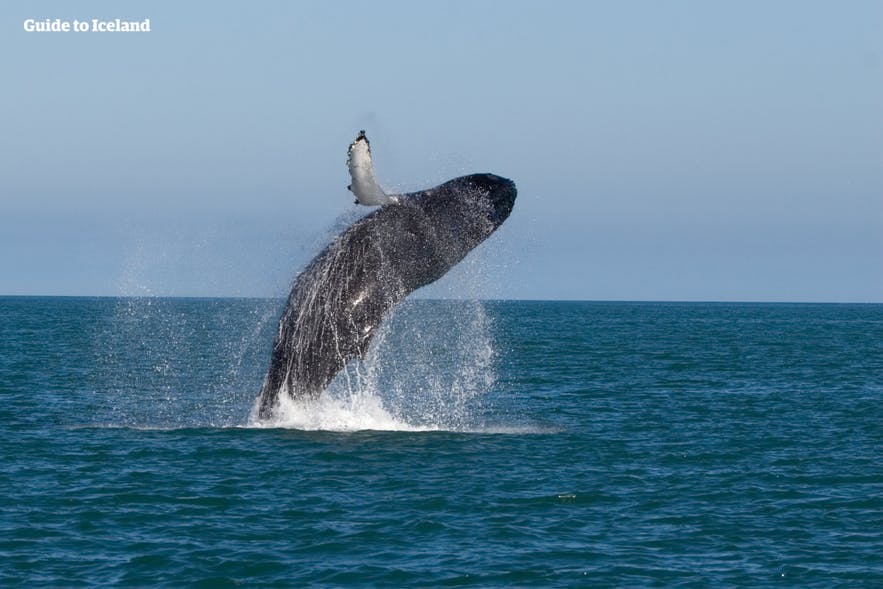
Most unusually, Kaðlín also has a box of animal bones, found across Iceland’s beaches. If a stuffed puffin does not appeal to you, perhaps the skeletal foot of one will. These gifts are a little morbid, sure, but will certainly be a talking point when you get home.
The next stop from Húsavík will be the capital of the North, Akureyri. This is easily reached from Húsavík, by travelling south along Route 85, then west along Route 1. Akureyri has many shops and boutiques, mainly along its main street Hafnarstræti and in the mall Glerártorg. The most notable places for authentic Icelandic goods, however, are listed below.
For local handicrafts and art pieces, as well as lopapeysa hand-knitted by locals, the best place to go is Rammagerðin. This is one of the oldest stores in Akureyri. Systur & Makar is a newer, slightly more upscale boutique; it has a wide range of kitschy home decor, clothing and jewellery, some locally made.
If shopping here for authentic Icelandic goods, however, keep an eye out for brand labels from other countries, as the range is not exclusively Icelandic.
For those seeking beautiful art pieces, they may find what they are looking for at the Linda Ola Studio and Gallery. Linda Ola is a talented artist who works across multiple platforms, such as acrylics, etchings, oil paintings and sculpture, creating candles and ornaments, which can all be bought within. She can be found working on her pieces inside, and you are welcome to look around even outside opening hours if she’s present.
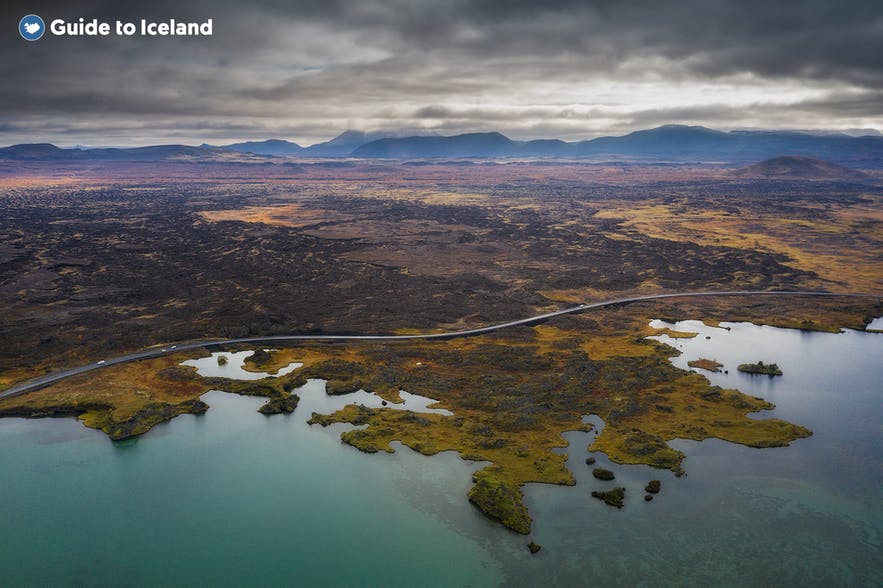
All three locations above are in downtown Akureyri. Rammagerðin and the Linda Ola Studia and Gallery are both on Hafnarstræti, numbers 94 and 97 respectively, while Systur & Makar is close by, at Strandgata 9.
The final must-see shop in North Iceland is the Christmas House and Garden, located about ten minute’s drive south of Akureyri. The festive spirit never leaves this site, and visitors can buy Christmas decorations, confectionery, and other chachkis. These are sourced from around the world, but of course, there are many local handicrafts, designed and made by Icelanders.
Shopping in West Iceland
The vast majority of the populace of West Iceland live in Reykjavík, but that does not mean other settlements do not have great stores. Though significant settlements outside the capital area are few and far between here, there are some with shops worthy of note.
The Westfjords is by far the most remote part of Iceland, dotted with tiny villages, many of which cannot even be reached by road throughout winter. Shopping here for authentic Icelandic goods is, admittedly, less easy than in the rest of the country, as most settlements do not have the populations or service industry to support the shops.
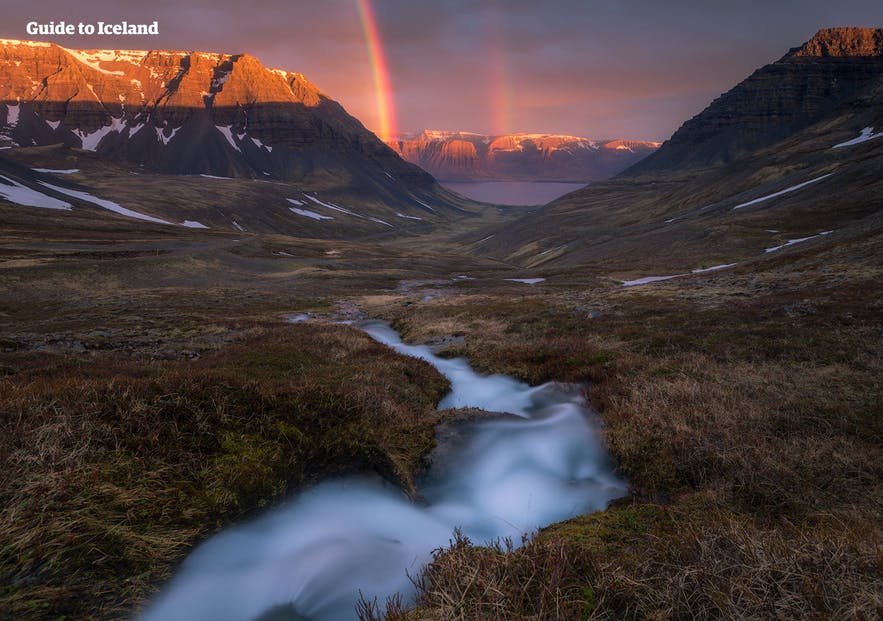
The one exception to this is Ísafjörður, the largest settlement in the region. It is reached from Akureyri by following Route 1 to the west, turning north up Route 68, and continuing onto Route 60; be aware, however, this journey takes approximately seven hours, so plan any trip with that in mind.
Ísafjörður has two shops worth visiting for those seeking authentic Icelandic gifts. The first, Rammagerð Ísafjarðar, sells a vast variety of woollen goods and handicrafts, made by dozens of Icelandic artists. This includes glass- and woodwork, Icelandic sweaters, cards, ornaments and jewellery.
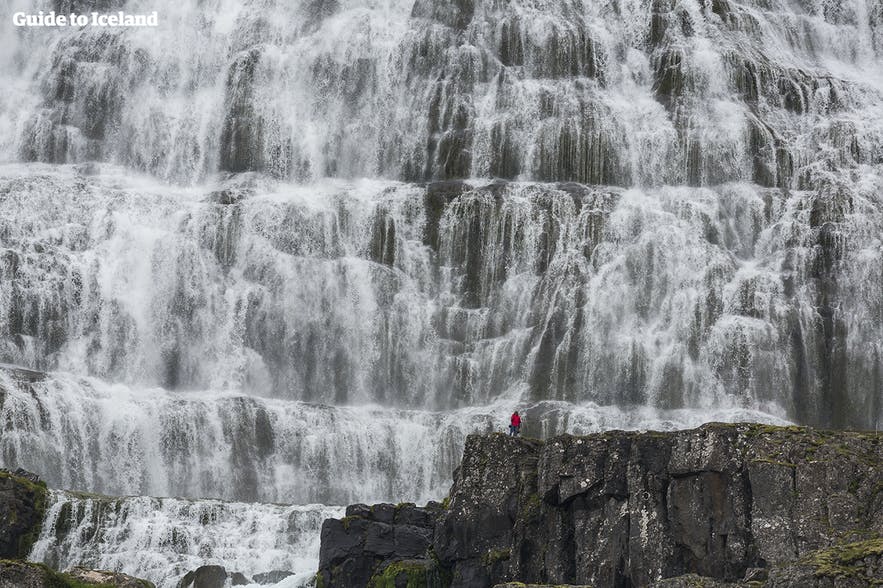
The second place of note is Kaupmaðurinn, the number one stop for Icelandic design in the Westfjords. While the garments are not locally made, they are all high-quality Icelandic brands, and you can buy them for a lower price than you can find in Reykjavík.
Leaving the Westfjords, the next place for shopping in West Iceland is Stykkishólmur on the Snæfellsnes Peninsula. This historic town, steeped in folklore, has quite a thriving culture, and there are several workshops and galleries to browse local crafts. It is about five hours drive from Ísafjörður, reached by taking Route 61 onto Route 60, then taking Route 54 until reaching the road to the town.
The Smávinir wood crafting studio is where artist Lára Gunnarsdóttir works, sculpting and painting beautiful little figurines made from Icelandic birch. The adorable horses, birds, angels and so on that she creates make for lovely gifts. Leir 7 is the workshop of Sigriður Erla; she produces tableware from the dark clay found in the fjord, and her studio also exhibits woodwork. Finally, Gallerí Lundi has a wide selection of local handicrafts of all kinds, created by those on the Snæfellsnes Peninsula.

Before returning to Reykjavík, there is one more shopping destination to head to in West Iceland: the town of Borgarnes. Just over an hour south of Stykkishólmur, it can be reached by heading south down the road to the village, then west on Route 54; take the 56 south until it rejoins the Route 54, and you will reach Borgarnes at the end of this road.
Handavinnuhúsið is a speciality wool shop, where you can get everything you need for knitting; you can also buy pre-made woollen items here, including the lopapeysa. Ljómalind Farmer’s Market, however, is a place that those who love shopping must visit.
Ran by the community, every item (out of the many, many items) is locally produced, and there are a huge variety of things to choose from. Ceramics, Icelandic sweaters, ornaments, paintings, clothes, and food, including jams, teas, produce and meat, can all be hunted for here.
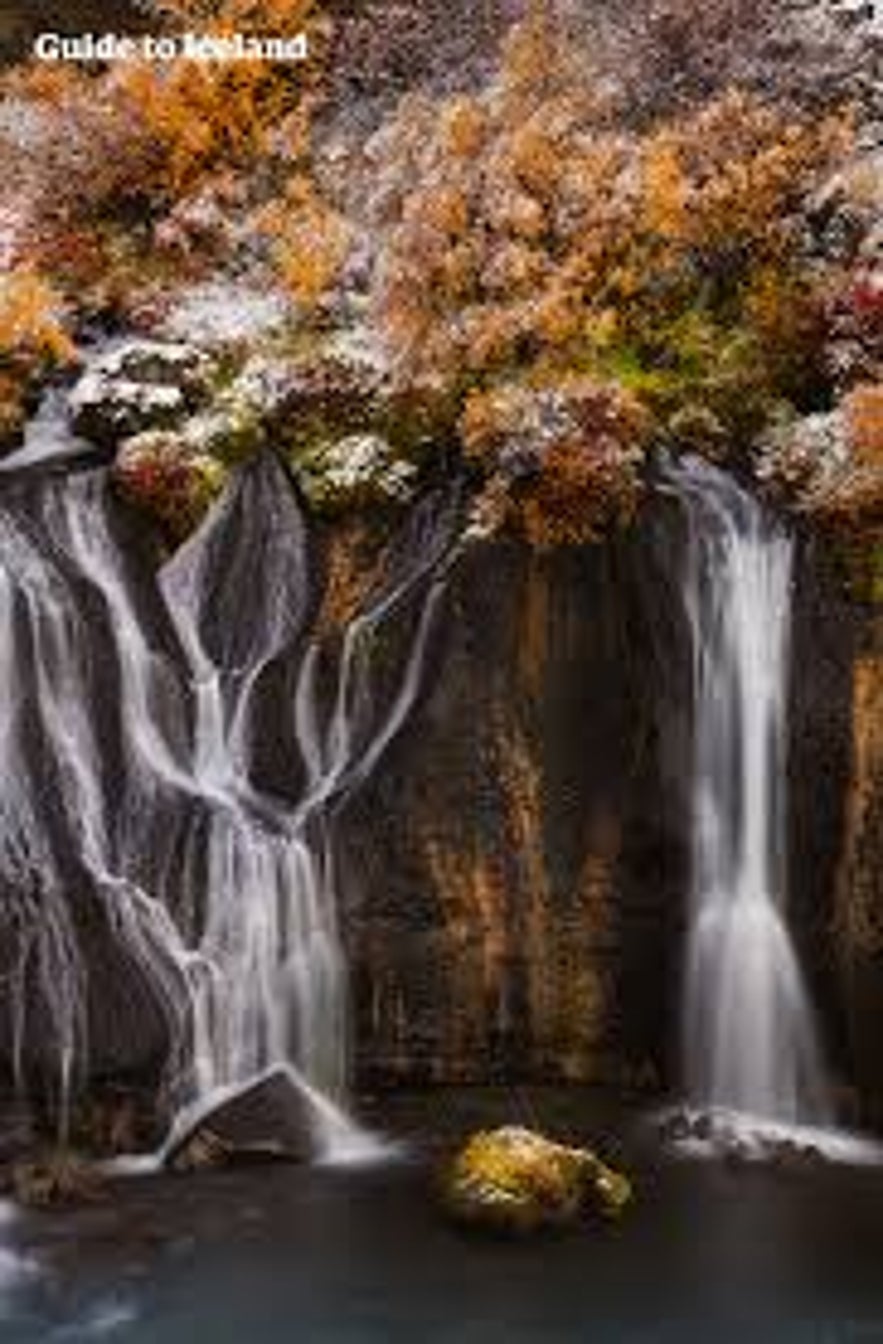
The authenticity of this market is almost unmatched; before anything new is put out on display, it has to go through a local committee to make sure that it fits the ethos and ambiance of the store and area.
In all corners of the country, Icelanders take pride in creating goods that reflect their nation’s spirit and character; genuine Icelandic handicrafts, wool-wear, and fresh produce are easy to find, so long as you know the right places to look. If you are aware of the pitfalls that come with an exploding tourist industry and avoid these tourist traps, you are sure to find some great mementos when shopping in Iceland.
Inne interesujące artykuły
Snorkeling na Islandii | Sprawdź co musisz wiedzieć
Czy kiedykolwiek byłeś ciekaw jak wygląda snorkeling i nurkowanie na Islandii? Cóż, jeśli tak, to nadszedł czas, by się tego dowiedzieć! Przeczytaj poniższy artykuł by znaleźć odpowiedzi na swoje py...Czytaj więcej
Kemping na Islandii | Wszystko co musisz wiedzieć
Zdjęcie: Pavel Brodsky Marzysz o tym, by obudzić się o wschodzie słońca nad wspaniałym fiordem? Albo o zasypianiu wśród pięknych gór z tańczącą nad głową zorzą polarną? Jeśli tak, to nie ma lepszej o...Czytaj więcejSamotne podróżowanie po Islandii | Najważniejsze informacje
Czy wiesz, że Islandia jest jednym z najlepszych miejsc na świecie dla miłośników samotnych podróży? Jakie są zalety i wady samodzielnego podróżowania po Islandii i jak podróżnicy nawiązują przyjaźn...Czytaj więcej

Pobierz największą platformę turystyczną na Islandii na telefon i zarządzaj wszystkimi elementami swojej podróży w jednym miejscu
Zeskanuj ten kod QR za pomocą aparatu w telefonie i naciśnij wyświetlony link, aby uzyskać dostęp do największej platformy turystycznej na Islandii. Wprowadź swój numer telefonu lub adres e-mail, aby otrzymać wiadomość SMS lub e-mail z linkiem do pobrania.

